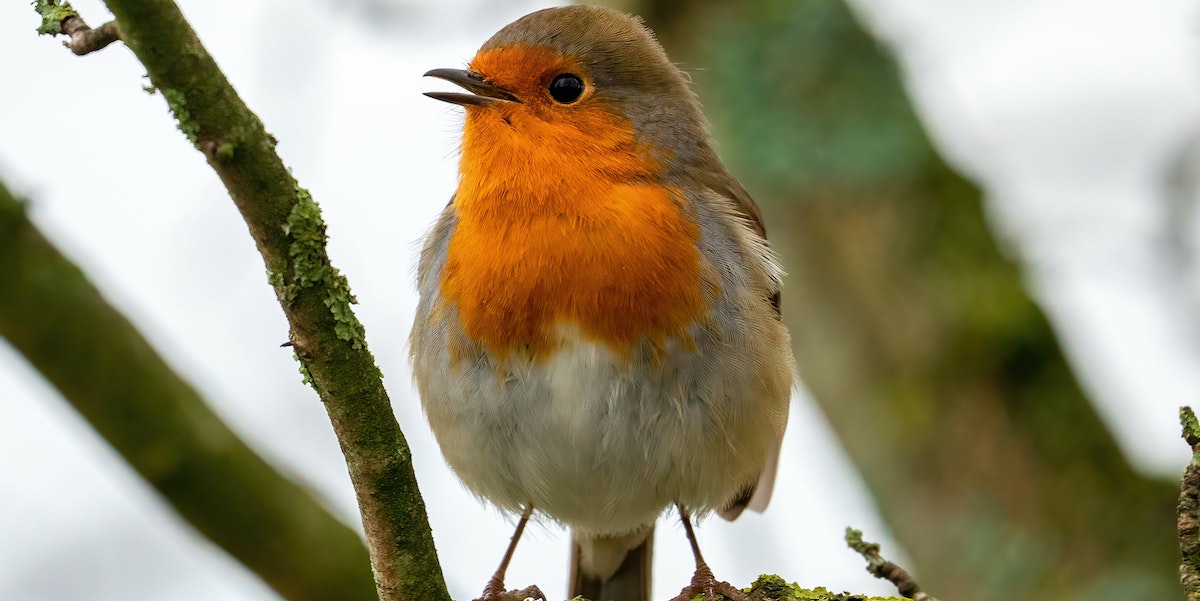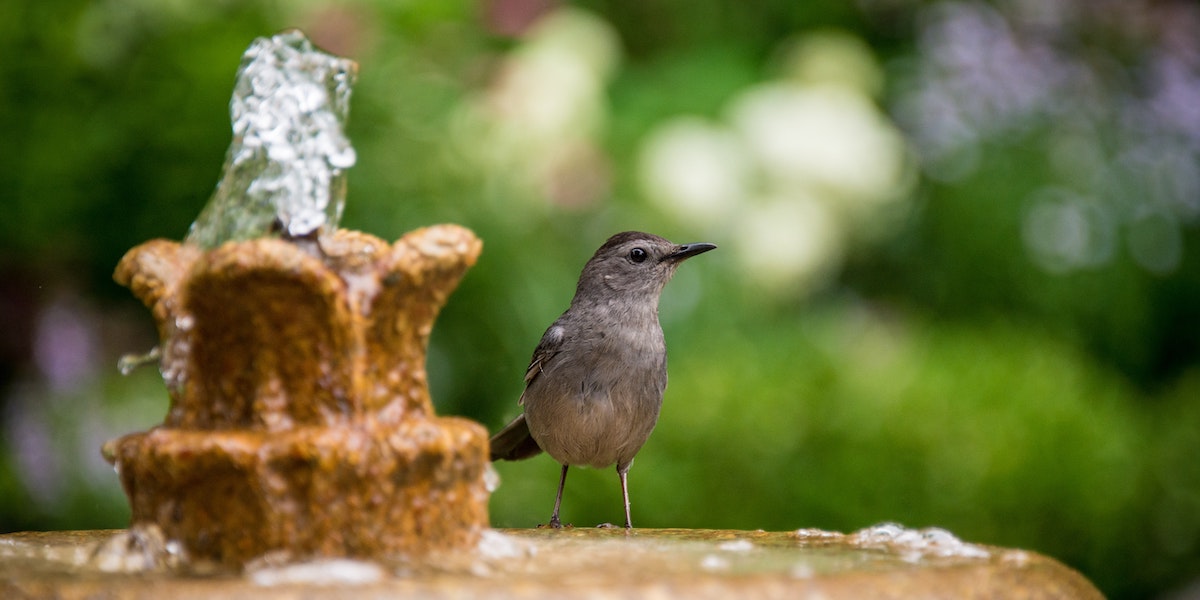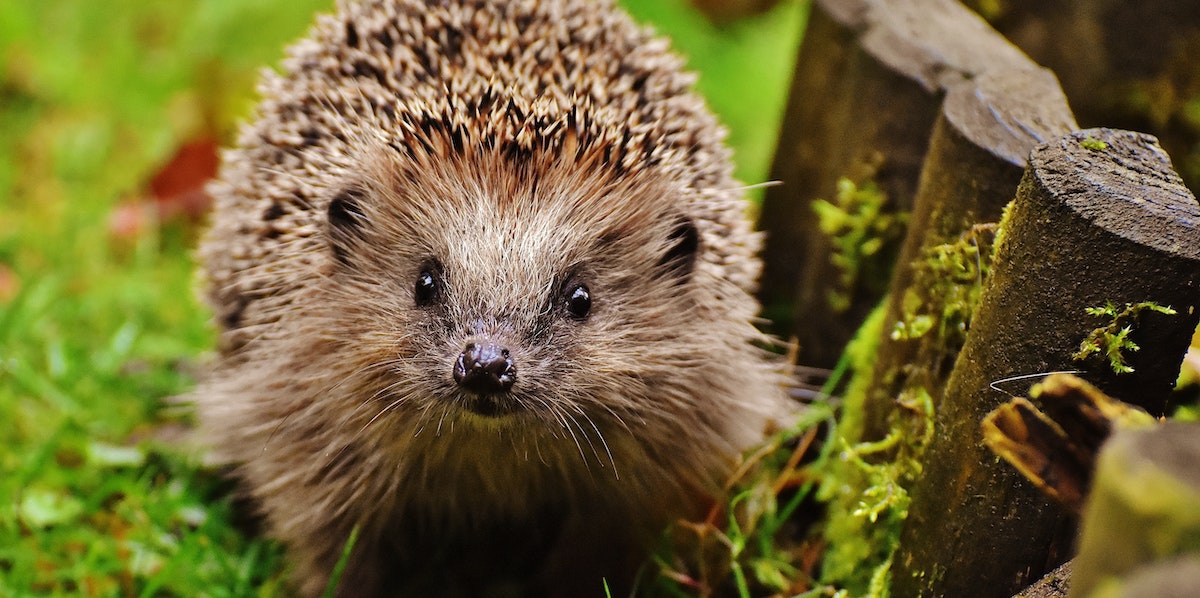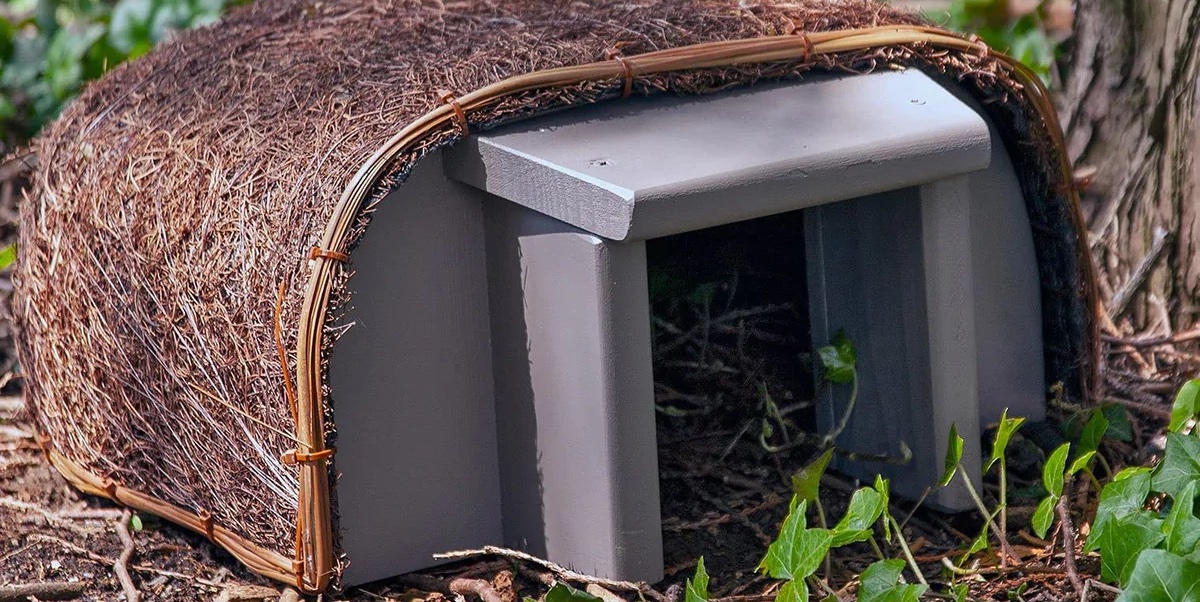It’s getting to that time of year when the temperature is taking a bit of a dip, especially during the night.
It won’t be long before we’re seeing minus digits on the weather forecaster's map (and some parts of the UK probably already have!).
If we are feeling cold when we let the dog out in the morning, then spare a thought for the wildlife in our gardens.
Winter can be a very tough time for them, those plummeting temperatures combined with a greater scarcity of food and water can mean that a little help goes a long way.
10 ways we help the wildlife in our gardens this winter
This month we want to take a closer look at how you can help local wildlife survive through this tough period.
We’ve got 10 simple things we can all easily do (even those with limited outdoor space) and we’ve even found a few ways you can use your Lazy Susan garden tables too.
1. Feed the birds

Birds can find it extremely difficult to find food such as berries, insects, seeds, worms and fruit during the winter months, especially if we see a lot of snow.
Any extra food you can put out will always go a long way and you can create your own fat blocks by melting suet into moulds such as coconut shells or logs with holes drilled in and hanging them from the trees or a bird feeder.
The RSPB’s when to feed garden birds article is a great guide on what to feed them and at what time of year.
2. Provide fresh water

When the temperatures drop into minus figures, then finding clean fresh water to drink can become a real challenge for local wildlife.
You can help by leaving out a bowl of fresh water for them, and the best way to do this is simply to fill a shallow bowl in the evening for those that are nocturnal.
3. Break up ice in ponds and bird baths
If you have a garden pond or bird bath and it freezes over during the night, then break it up a little in the morning to ensure you make a hole in the ice.
This will not only provide drinking water for birds etc, but it will also help keep the water oxygenated for any frogs or insects hibernating at the bottom.
Of course, the best way to try and reduce freezing is to keep the water moving with a fountain or waterfall but we have known even those to freeze too.
4. Help the insects

It can be easy to forget the mini beasts but they’re an integral part of our garden's ecosystem and one of the best ways to help them is to provide shelter.
Recreate the nooks and crannies in which insects love to hibernate with a bug hotel, and position it in a nice sheltered dry part of the garden.
You could even pop it on your garden table or underneath if you’ve moved into the corner of your patio and its covered for the winter.
5. Let your garden grow wild

Another great way we help the wildlife in our gardens in winter is to let them grow wild. Leave areas of long grass so insects can shelter.
Sweep up the leaves that fall in autumn and leave the piles so that wildlife can hibernate.
Try to keep borders a little wilder so that during the winter months they too can provide shelter. You can always give them a good tidy come spring for the summer.
6. Give them shelter

As well as those leaf piles you could build or purchase a hedgehog house.
The Wildlife Trust’s how to build a hedgehog home article is a great place to start if you want to go DIY, whilst the National Trust have a great range of Hedgehog Houses such as the Timeless Range (below)
At this time of year (mid to late autumn) pop a dish of water and cat food at the front of the house and this will help them build up their fat reserves for hibernation.
7. Help hibernating animals

Much of our local wildlife from the aforementioned hedgehogs and frogs to newts and bats will hibernate during the winter months.
Leaving a small pile of logs or leaves in a sheltered corner of the garden is a simple way we can help them.
If you have a compost heap then before you turn it, also carefully check nothing has made its home before you do.
8. Plant fruit-bearing trees and shrubs

This is a subject we’ve discussed in a number of articles recently, most notably our recent why we should all be planting trees in our gardens post.
Planting more fruit-bearing ever-greens such as the Holly pictured above is a great way of providing a natural source of food for local wildlife.
The female plants will start producing ripe berries around autumn and provide the likes of thrushes and blackbirds with an abundant food source throughout the winter.
9. Support wildlife charities

There are so many ways we can support local wildlife charities, from donations of money, time or supplies.
Take Action For Wildlife has a comprehensive list of UK wildlife conservation charities if you want to find ways to help and support them.
Here at Lazy Susan, we are big supporters of the National Trust and its work to protect wildlife and their local habitats.
10. Have a more sustainable Christmas
At Christmas, we love to spend time with our loved ones. However, it is also the time we find ourselves standing in wheelie bins to pack in all that extra food waste and packaging/wrapping paper from gifts.
One of the best ways we can help the environment, and in turn local wildlife, is to try and make more environmentally-friendly choices this festive season.
Purchase wrapping paper that can be recycled, shop smarter, shop local, avoid plastic decorations, switch to LED Christmas lights and only turn them on when you’re in the room are just a few great examples of how we can do more.
Of course, we should all aim to be more sustainable all year round, not just at Christmas time!
If you can catch any photos of your Lazy Susan garden furniture with wildlife on it, then we’d love to see them for our Do Some Good charity campaign.
You can tag us @LazySusanFurniture on Instagram or Facebook or email them to [email protected].






